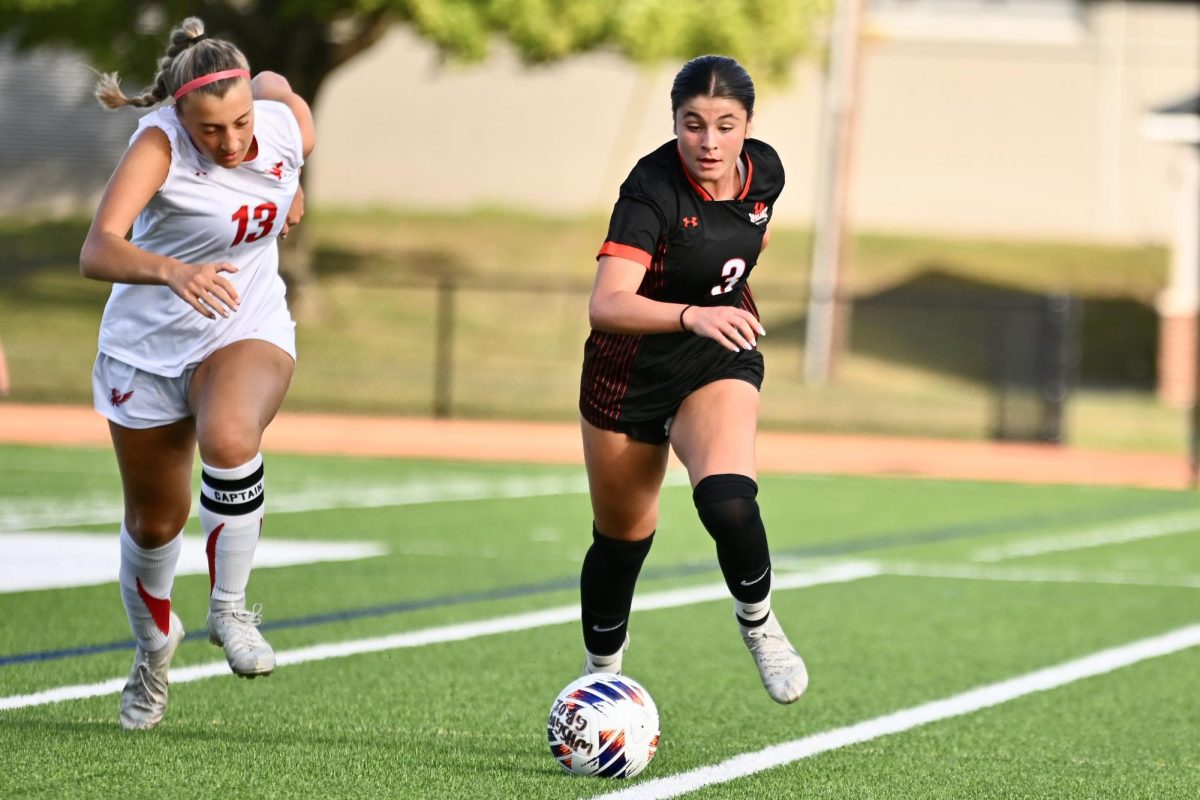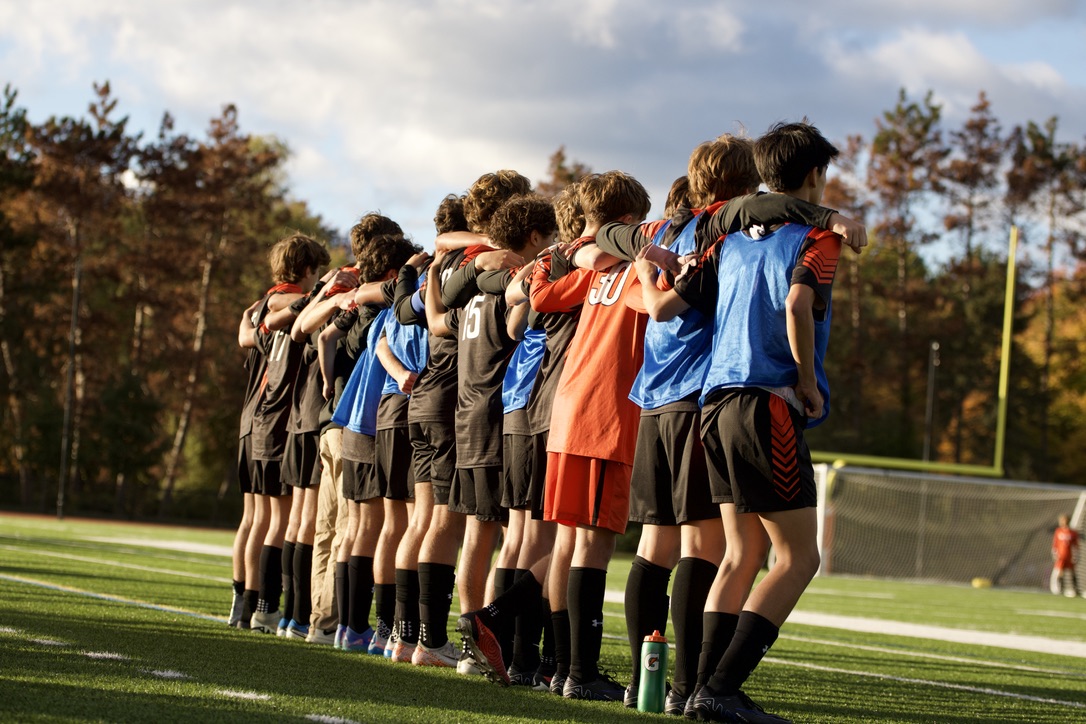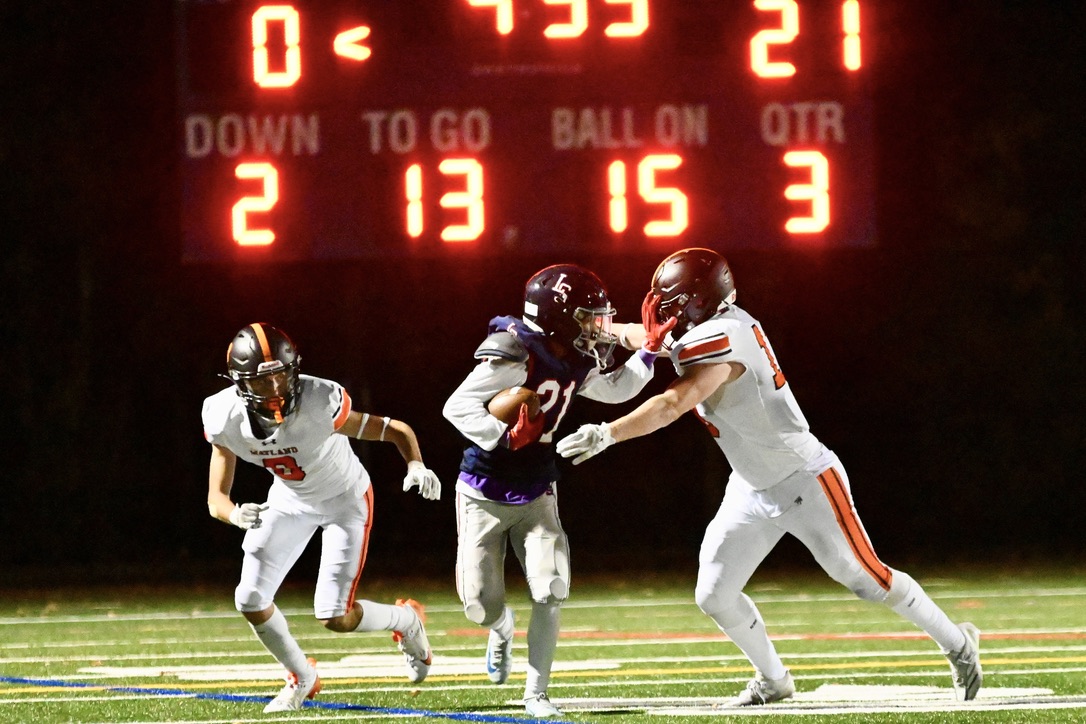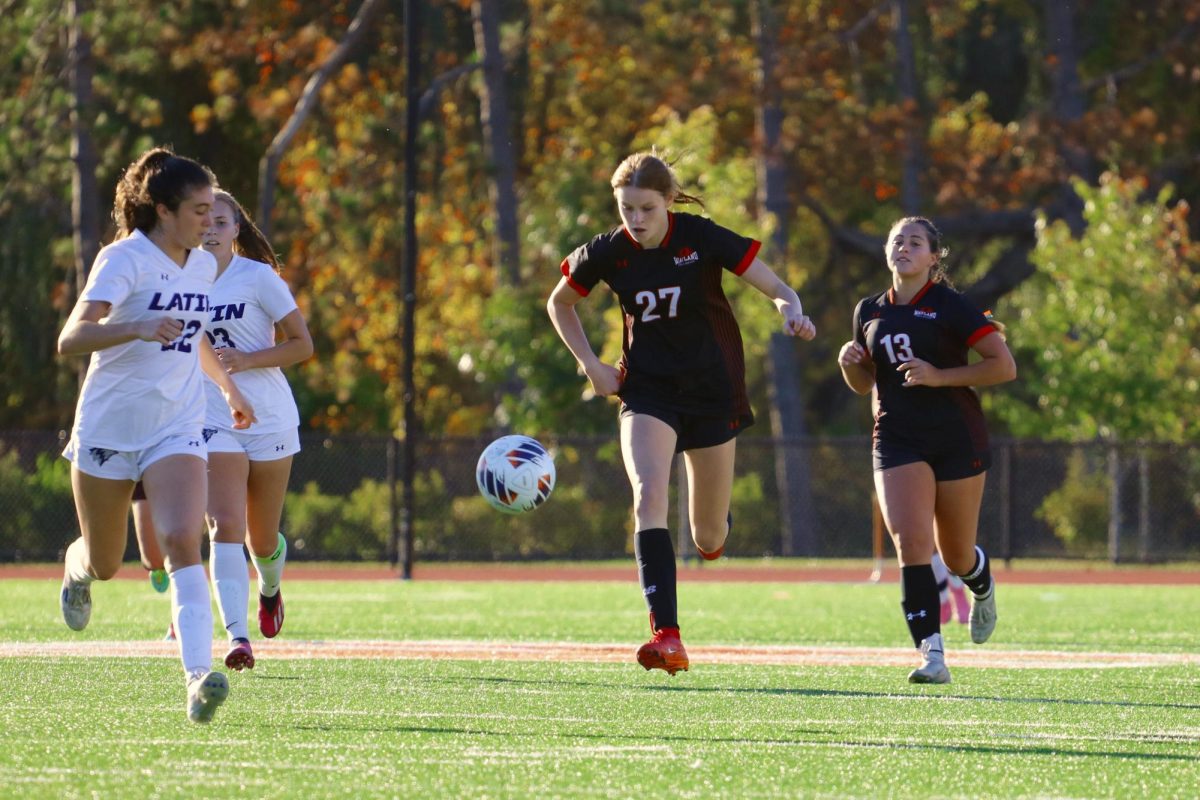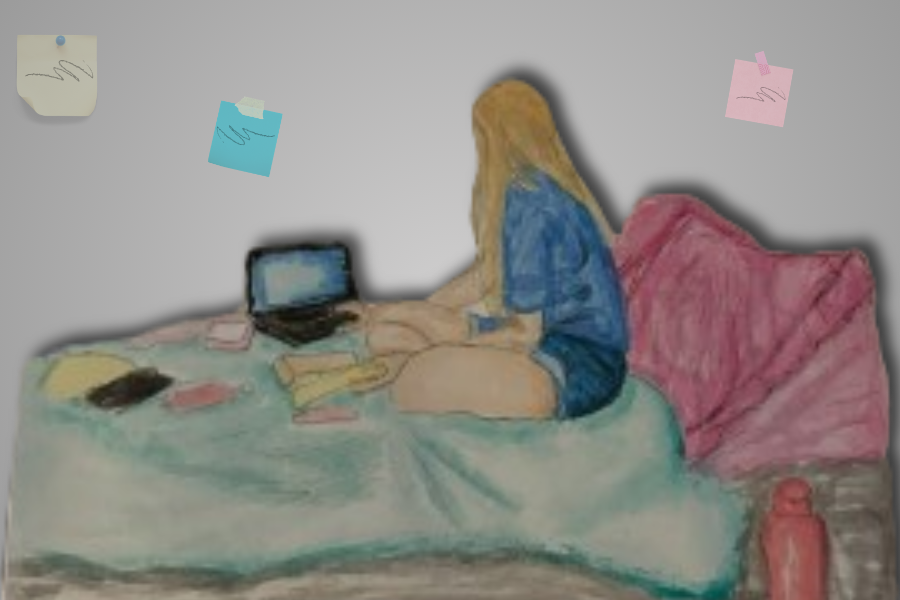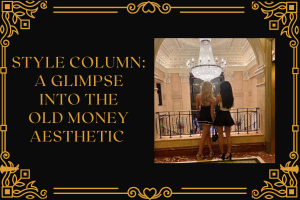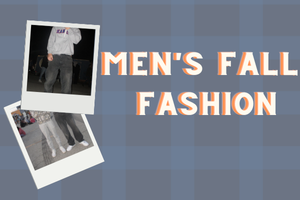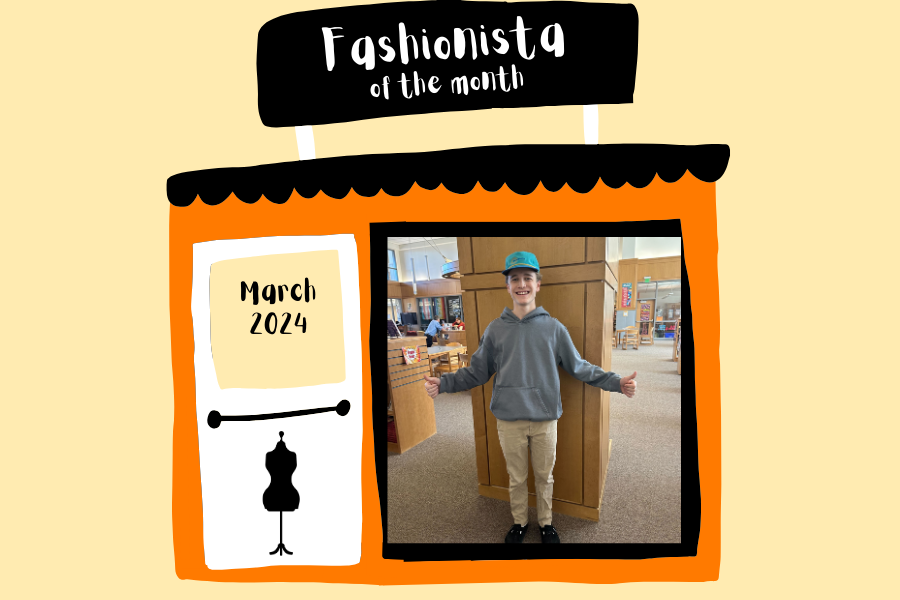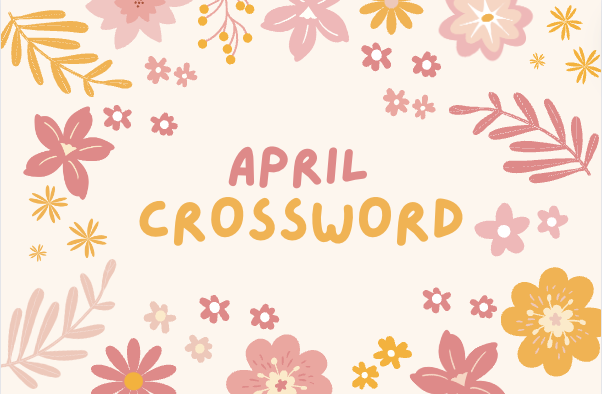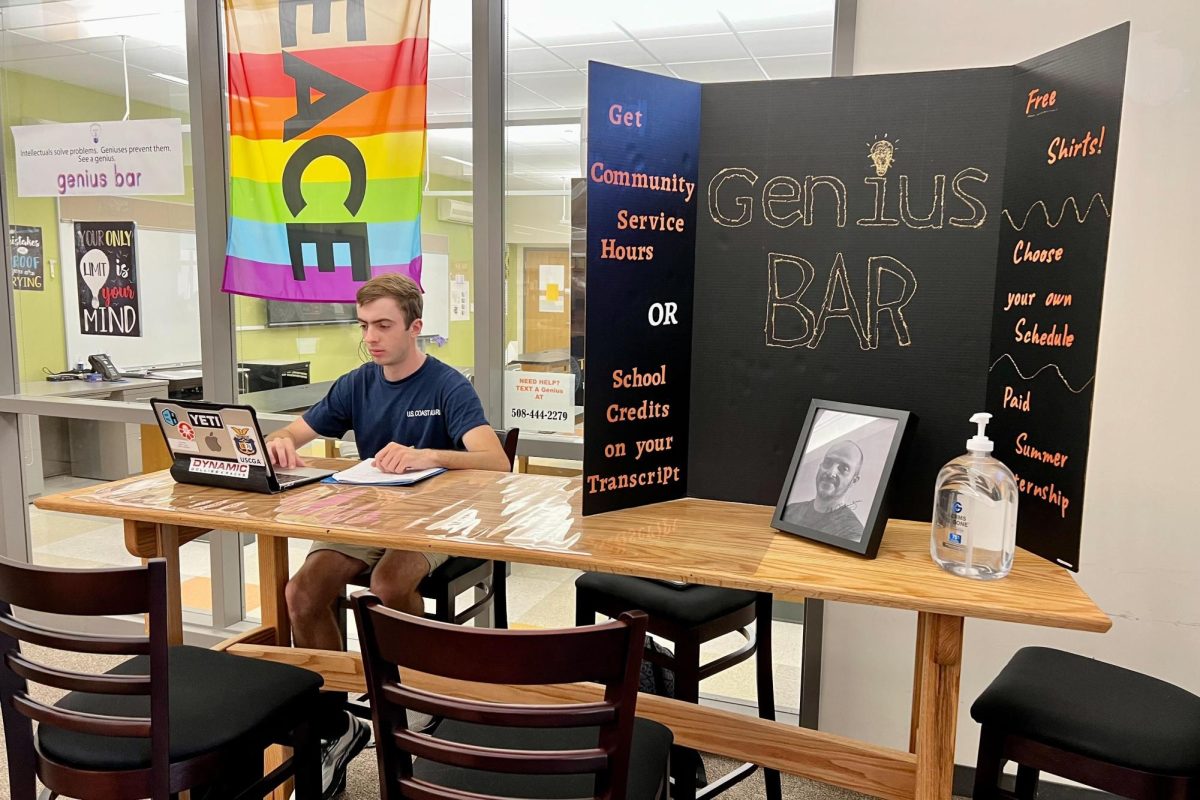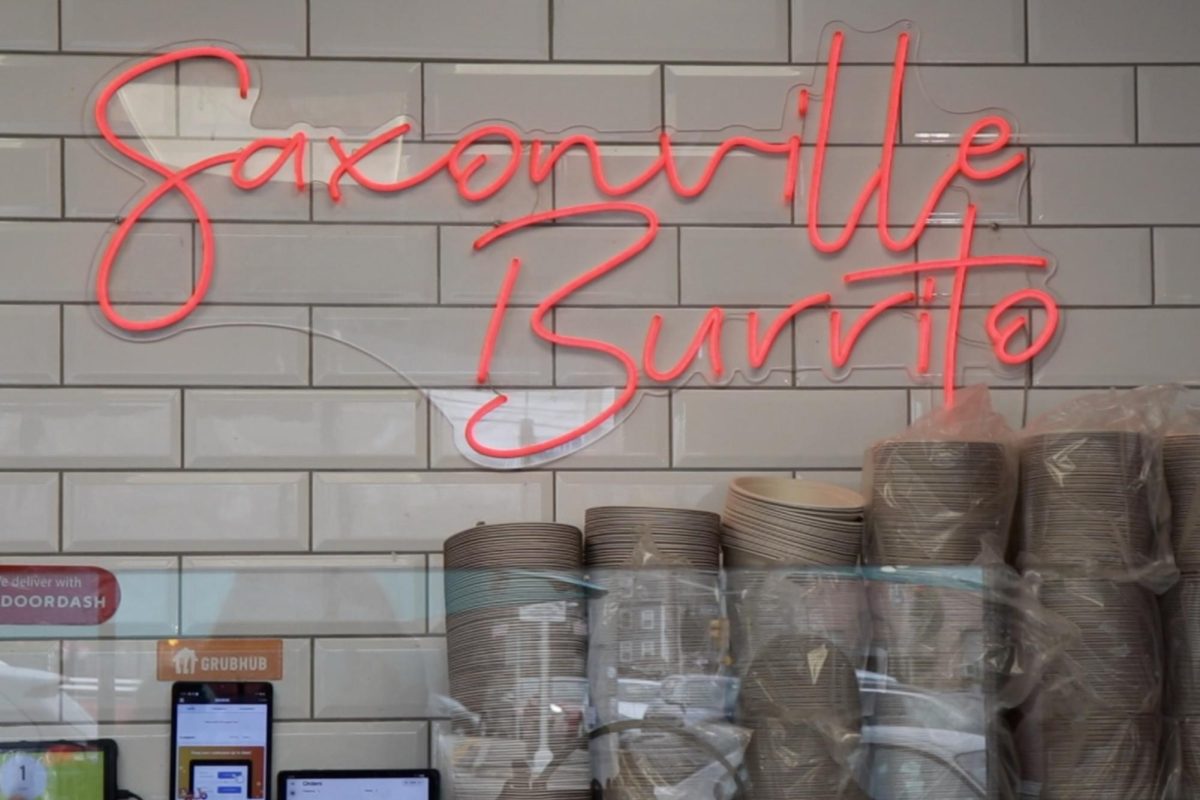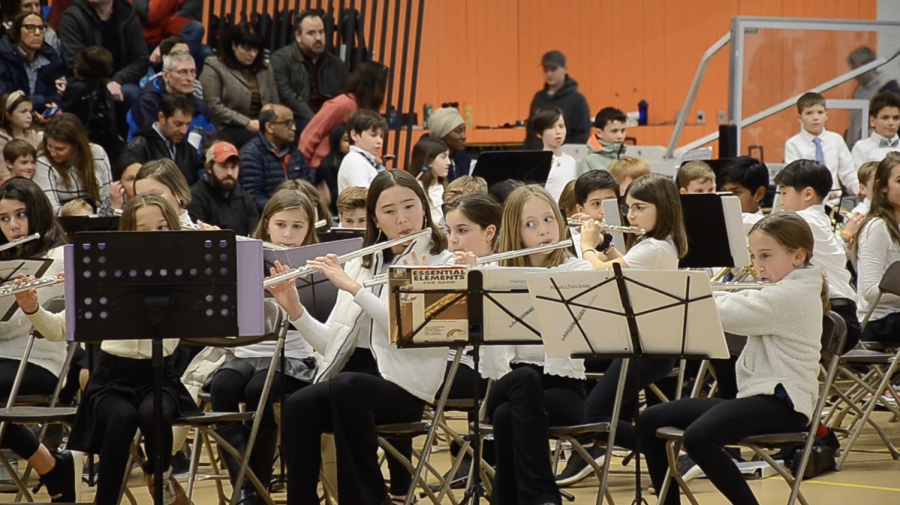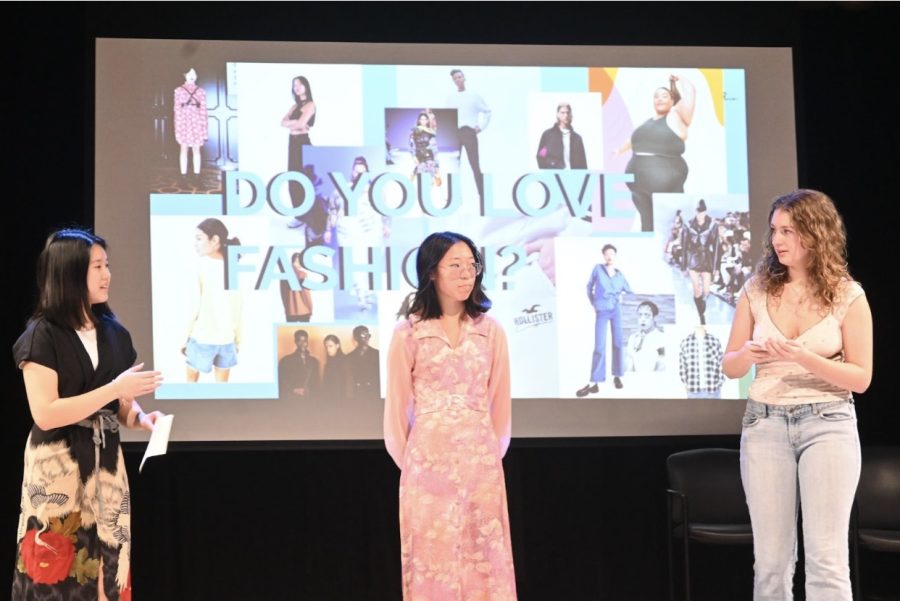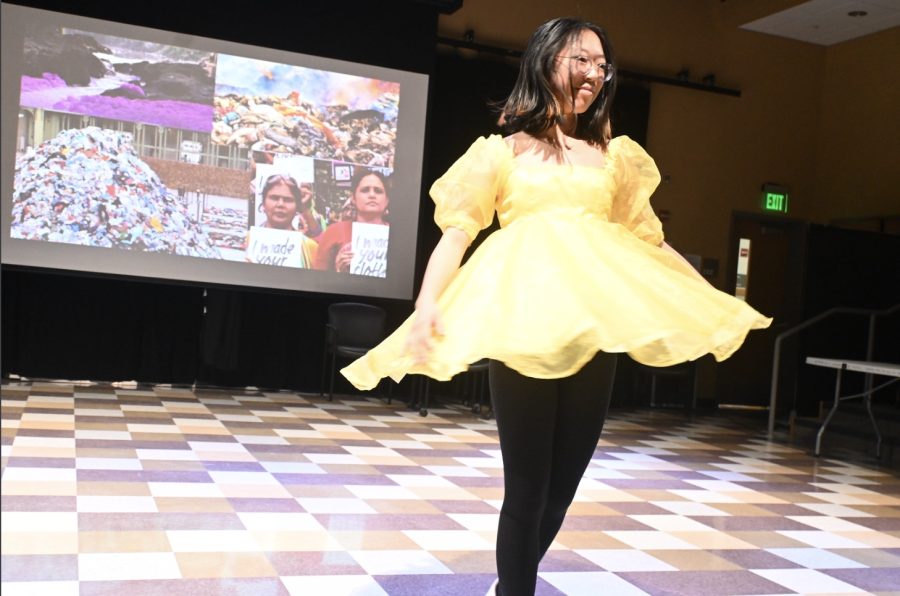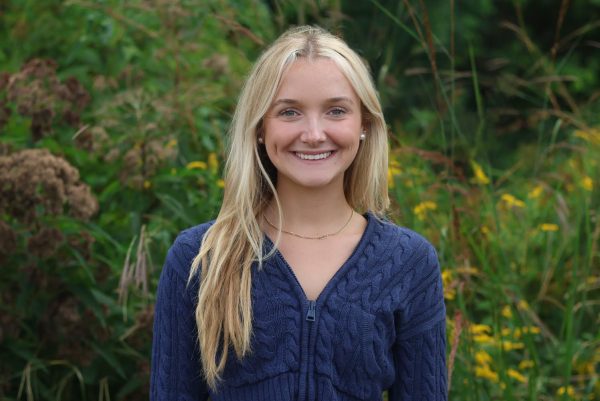Slow fashion show showcases a good cause
Credit: Aimee Smith
During the slow fashion show on Feb. 2, student model junior Charmaine Guo answers questions about her thrifted outfit during an interview segment of the show. The purpose of the slow fashion show was to highlight the importance of sustainable fashion and to display the creativity of WHS students.
February 7, 2023
On Thursday, Feb. 2, members of the Green Team and Sewing Club took the floor for the second annual slow fashion show. Both clubs worked together to create the fashion show, informing the viewers about the impact fast fashion causes while showing off their sustainable styles.
The idea for this fashion show came from former Green Team president and Sewing Club member Madeeha Syeda (class of 2022). After the show’s success in last year’s winter week, Green Team co-president, senior Kaylee Mai, decided to bring it back this year.
“I think [Mai] did so well at being super organized,” Green Team advisor and WHS English teacher Sara Snow said. “[Mai] definitely broadened the people that were in the show this year. I saw people that weren’t in the show last year who wore fabulous clothes, and they’re all thrifted.”
Both this year’s and last year’s shows took place in the lecture hall, with models strutting in and out of the two doors. The event was briefly introduced by its organizers, Snow, Mai, Green Team co-president senior Gina Wang, sewing club advisor and WHS French teacher Sarah Langelier and sewing club president senior Natalia Homyak. Following that, the music started, signaling for the models to walk into the lecture hall.
The models walked up one at a time and posed in front of the audience, while emcee senior Katie Schouten introduced them and their outfits. During the runway show, a slideshow ran in the background that highlighted the two clubs and showed the importance of slow fashion. There were three segments of the runway show featuring hand-sewn, second-hand and thrifted clothes.
“[A slow fashion show] takes a huge amount of planning because the two components that you have are clothes that are sewn and then clothes that are thrifted,” Snow said.
Homyak was one of the models wearing hand-sewn garments. She originally planned to wear a handmade dress, but didn’t finish making it in time. Instead, she wore plaid pajama pants and a tote that she sewed. Later in the show, however, she wore her unfinished dress over her clothes to show it off.
“The pajama pants and the bag were beginner [sewing] items,” Homyak said. “I wanted to show that even if you’re a beginner, you can still make something really cool that you use all the time.”
Another model, junior Charmaine Guo, showed off a yellow mini dress with puffed sleeves that was entirely sewn by herself. She also modeled a pink and orange maxi dress that she thrifted from an antique market. Guo gets her inspiration from Pinterest, and uses free patterns from Moods and tutorials from YouTube to guide her through the sewing process. Guo was also the sole model of the show who showcased two separate looks.
“Charmaine is kind of like a juggernaut,” Mai said “She has so many sewn pieces, including some that weren’t even shown in the show.”
After students and teachers modeled several looks, ranging from sewed skirts to hand-me-down jeans, Schouten and Mai interviewed five participating models about their outfits and how they obtained them. During this interview segment, Schouten and Mai asked the crowd to raise their hands if they’d ever thrifted, sewed, or received hand-me-downs, making the presentation more interactive.
Soon after the Q&A section of the show was finished, Wang and junior Nathan Crozier gave a short presentation on the harmful effects that shopping at fast fashion brands such as H&M and Zara causes on the environment.
“We waste so much water and vital resources in making brand new clothes,” Snow said. “The resources [for clothes] are finite and limited, so the more that we can repurpose and thrift the clothes we use, the better.”
The show wrapped up with all the models walking around the room again for one last look at their outfits. Overall, the event highlighted the accessibility and importance of sustainable fashion in a fun and creative way.
“[Slow fashion] is important because it shows other pathways into engaging in fashion and wearing what you want without always constantly feeding into fast trends,” Mai said. “I just wanted to shed some light on some pretty great outfits that aren’t fast fashion.”



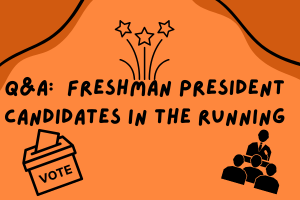

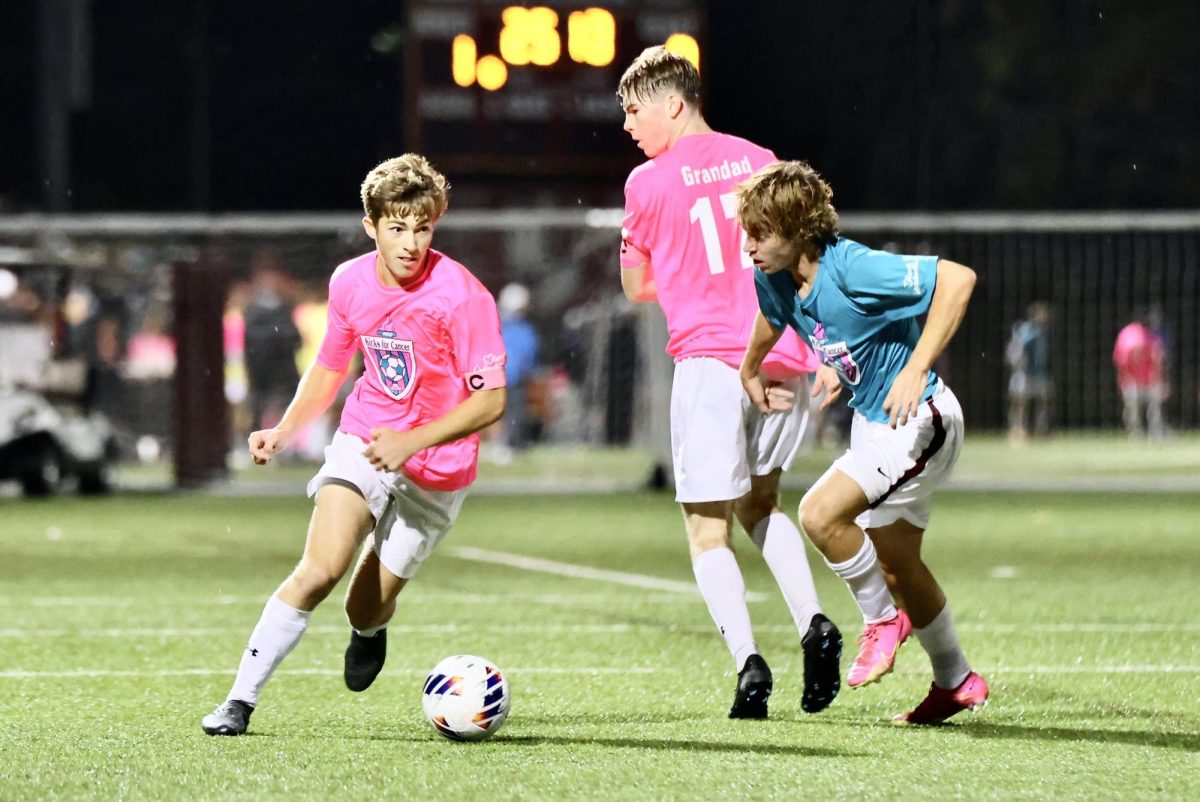
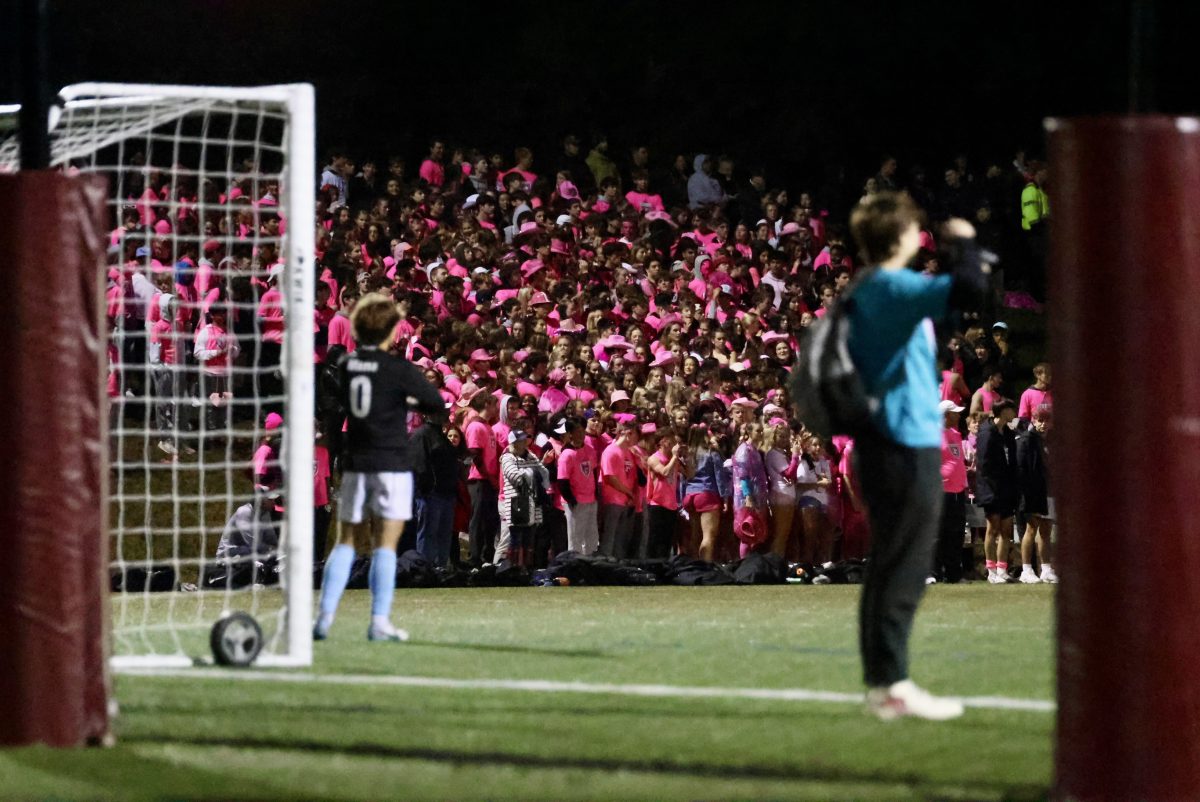

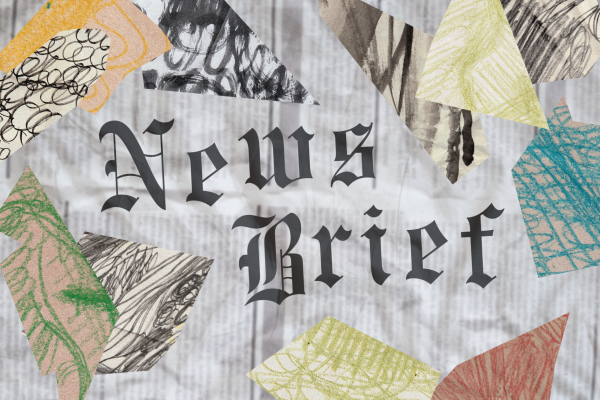
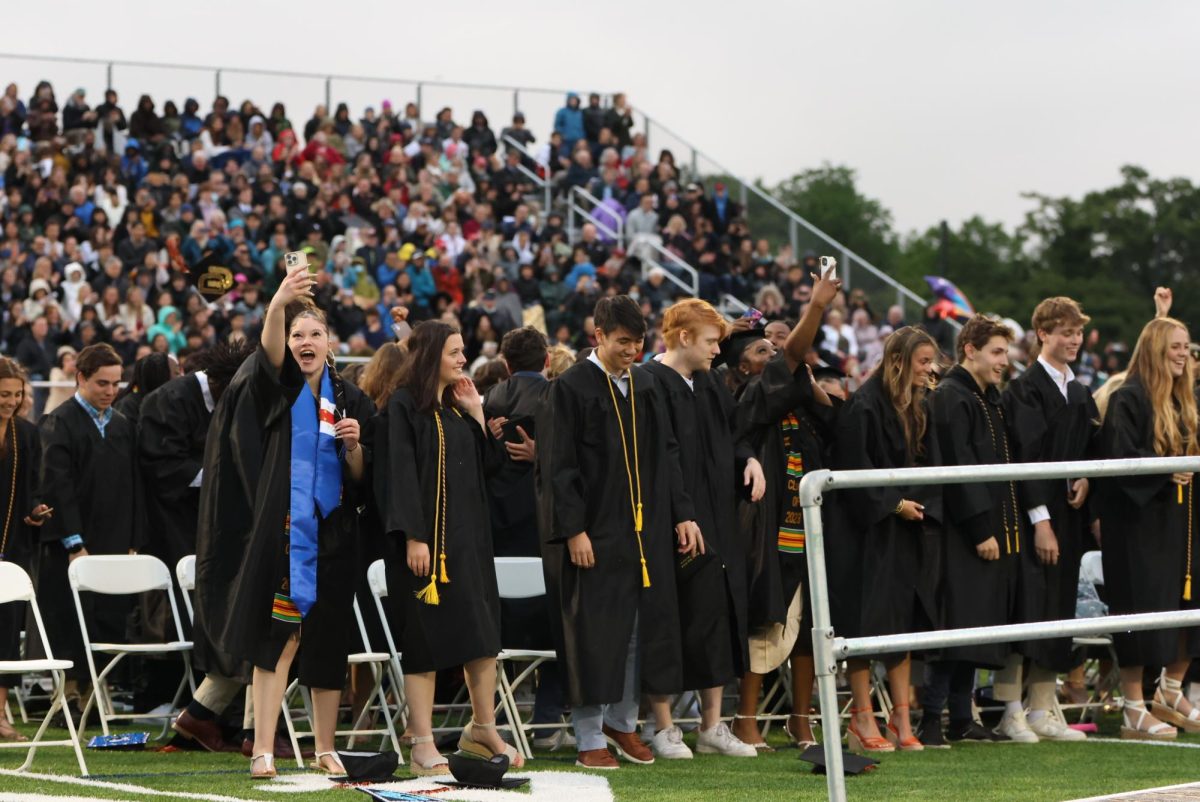
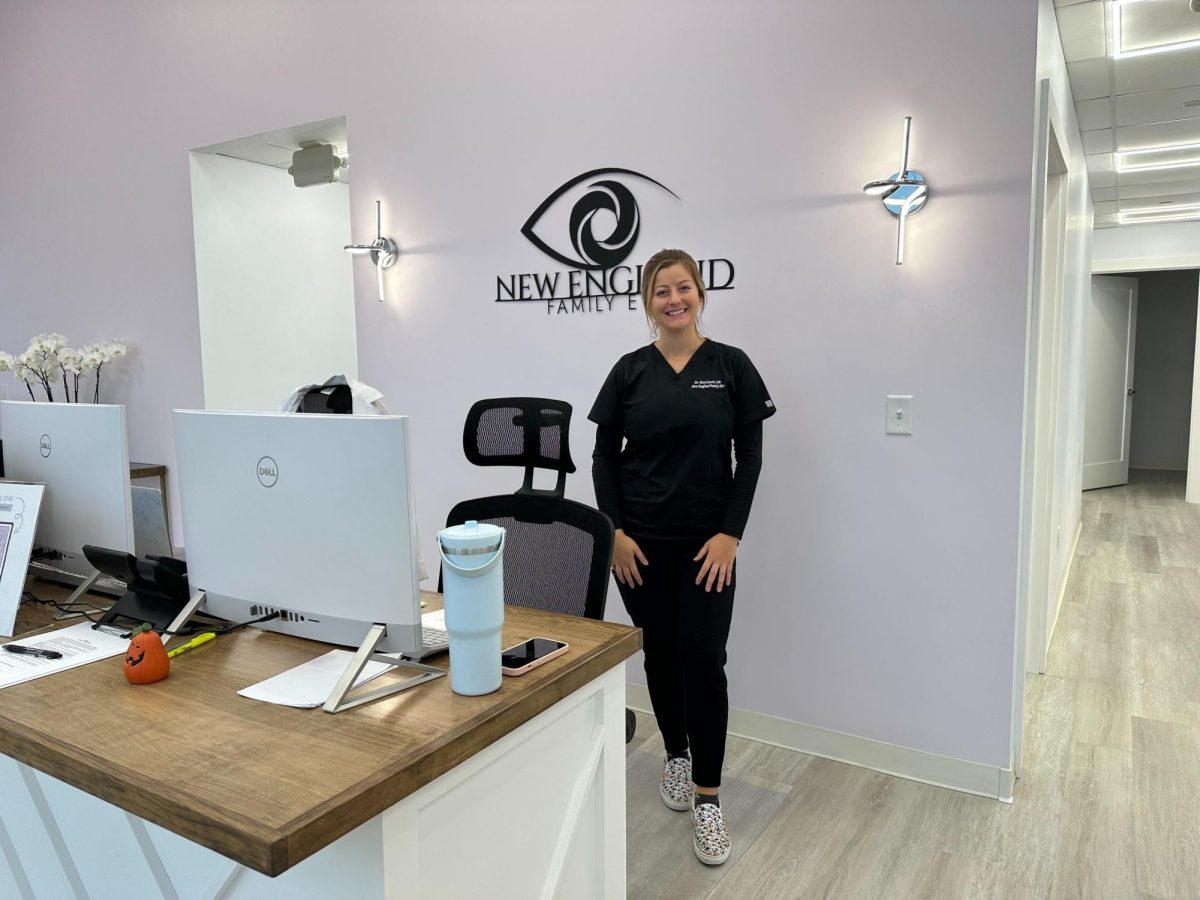

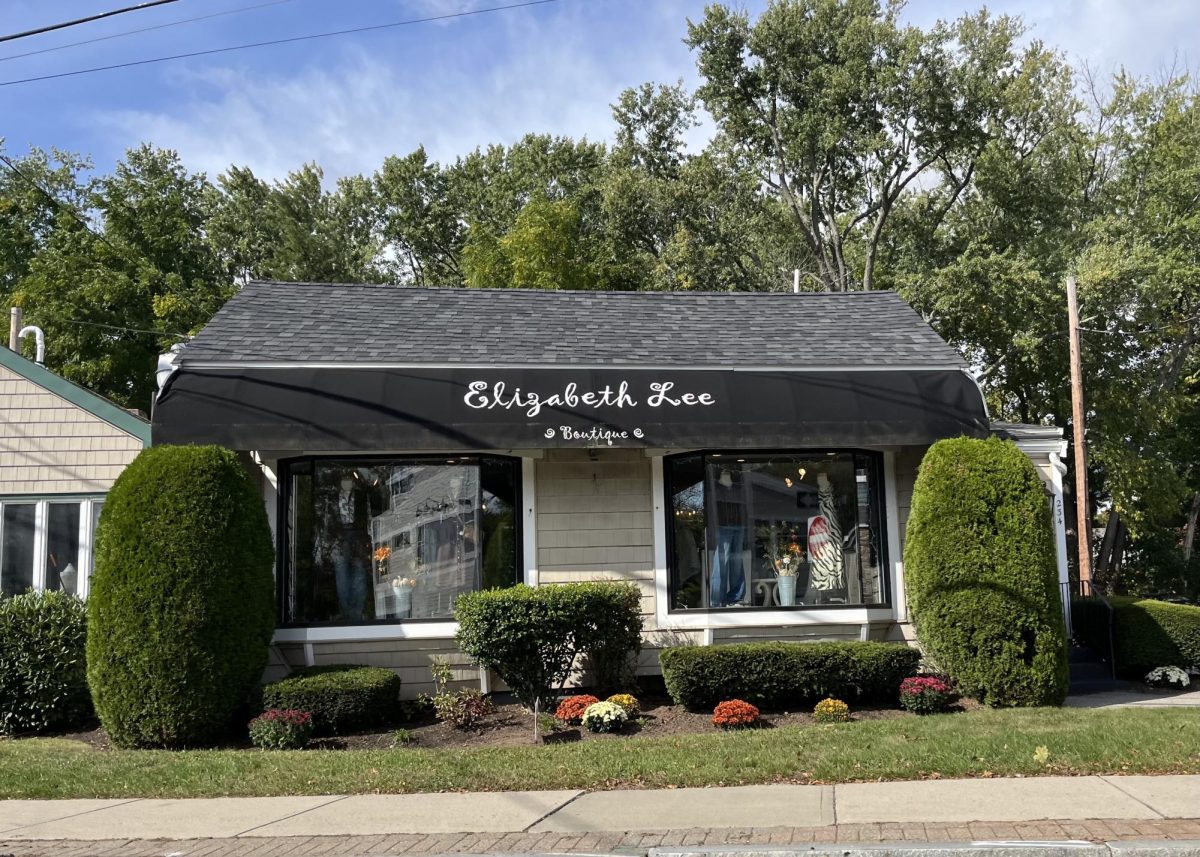


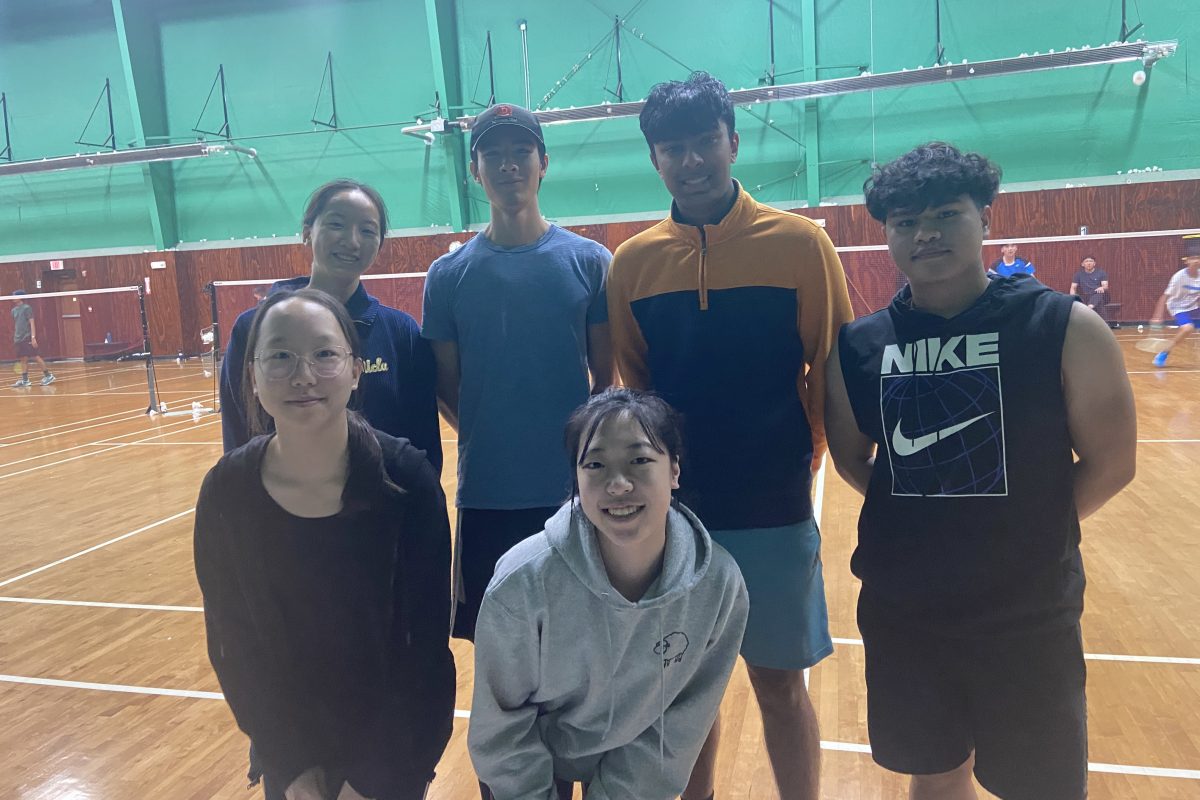



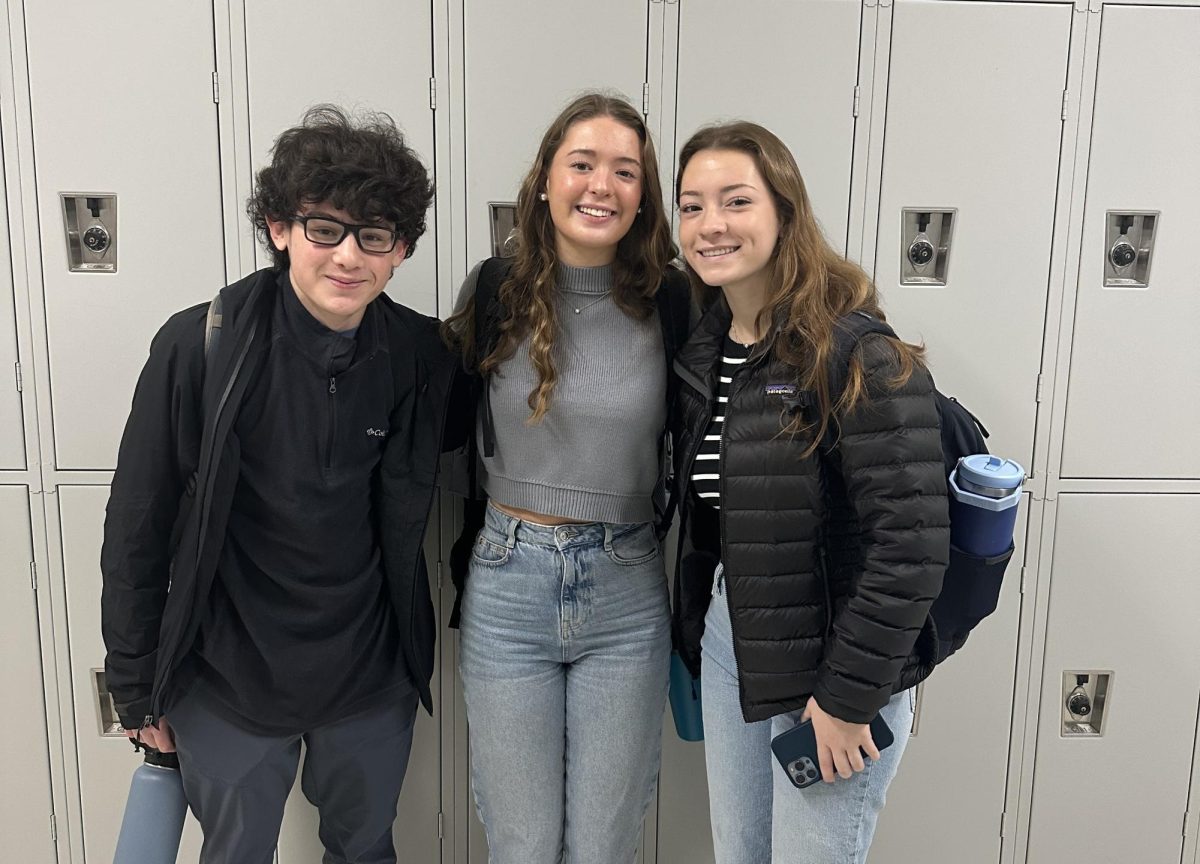

![The Wayland residents who volunteer to coach baseball try to make the environment fun and uplifting for players. “[I try] to build the kids up,” Co-Commissioner and coach for a Minors team Alex Ahmed said. “If someone strikes out, you encourage them, [and] say that [they] get another chance, [or they] could try again next time.”](https://waylandstudentpress.com/wp-content/uploads/2024/06/unnamed-1200x801.png)
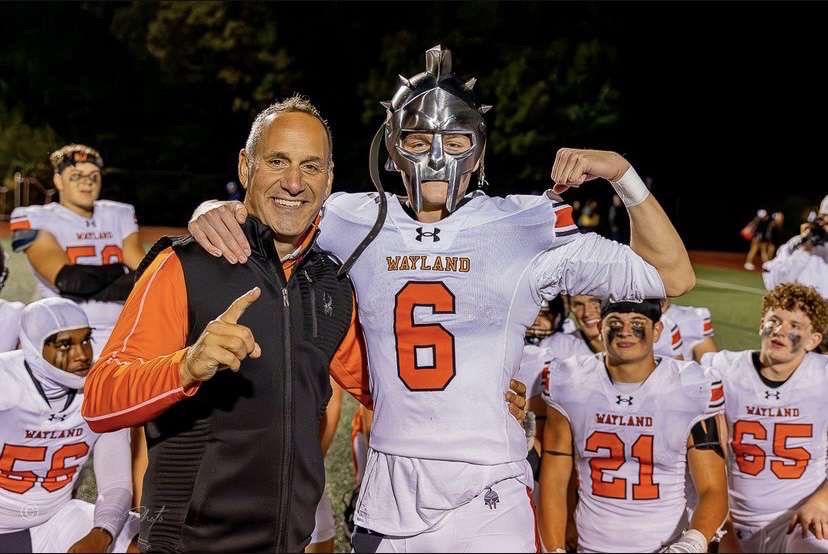
![On Thursday Oct. 10, football will face rival Lincoln-Sudbury Regional High School, aiming to improve their record to 4-1. “[LSRHS] has gotten the best of us over the last couple of years,” Parseghian said. “I feel that this team is willing to correct the last couple of years and, and get a [win]. I want to win a football game.”](https://waylandstudentpress.com/wp-content/uploads/2024/10/Screenshot-2024-10-08-at-12.53.35 PM-1200x801.png)
![A Wayland football player carries the football down the field. “We've cruised through the first three games,” head coach Scott Parseghian said. “[It’s a] combination of us being a good team and also the competition may not be as great as I had hoped.”](https://waylandstudentpress.com/wp-content/uploads/2024/10/IMG_8114-1200x800.jpg)
